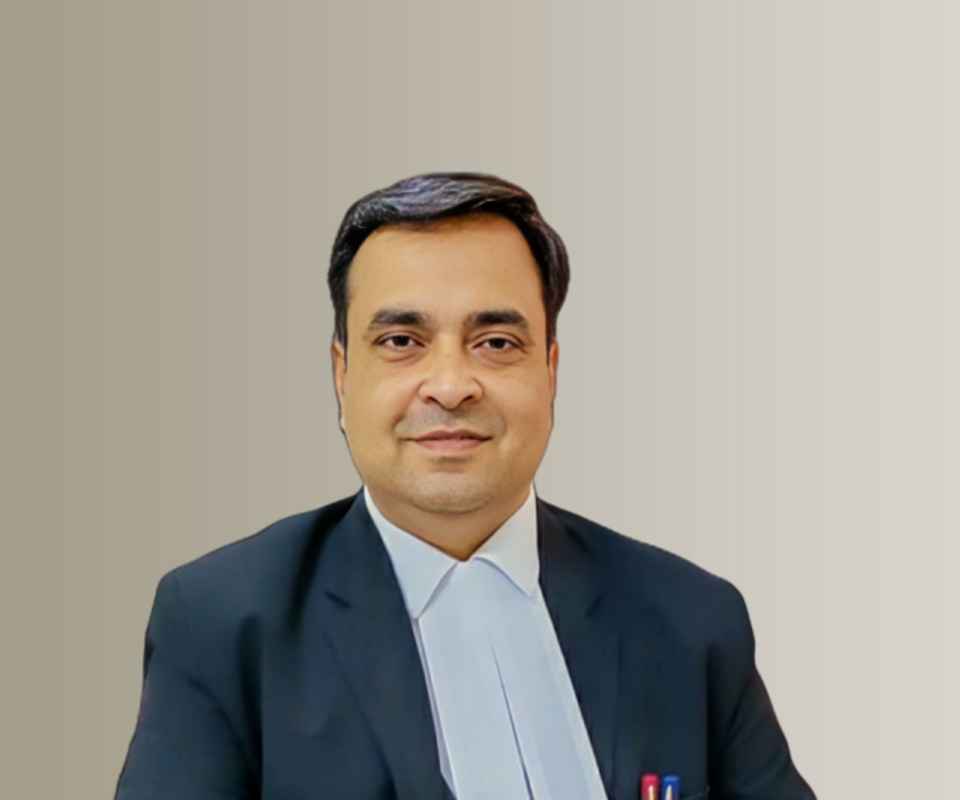Answer By law4u team
Bharatiya Nagarik Suraksha Sanhita, 2023 - Section 243: Trial for More Than One Offence
1. If, in one series of acts so connected together as to form the same transaction, more offences than one are committed by the same person, he may be charged with, and tried at one trial for, every such offence.
2. When a person charged with one or more offences of criminal breach of trust or dishonest misappropriation of property as provided in sub-section (2) of section 235 or in sub-section (1) of section 242, is accused of committing, for the purpose of facilitating or concealing the commission of that offence or those offences, one or more offences of falsification of accounts, he may be charged with, and tried at one trial for, every such offence.
3. If the acts alleged constitute an offence falling within two or more separate definitions of any law in force for the time being by which offences are defined or punished, the person accused of them may be charged with, and tried at one trial for, each of such offences.
4. If several acts, of which one or more than one would by itself or themselves constitute an offence, constitute when combined a different offence, the person accused of them may be charged with, and tried at one trial for the offence constituted by such acts when combined, and for any offence constituted by any one, or more, of such acts.
5. Nothing contained in this section shall affect section 12 of the Bharatiya Nyaya Sanhita, 2023.
Illustrations to sub-section (1)
- (a) A rescues B, a person in lawful custody, and in so doing causes grievous hurt to C, a constable in whose custody B was. A may be charged with, and convicted of, offences under sections 261 and 119 of the Bharatiya Nyaya Sanhita, 2023.
- (b) A commits house-breaking by day with intent to commit adultery, and commits, in the house so entered, adultery with B's wife. A may be separately charged with, and convicted of, offences under section 330 of the Bharatiya Nyaya Sanhita, 2023.
- (c) A entices B, the wife of C, away from C, with intent to commit adultery with B, and then commits adultery with her. A may be separately charged with, and convicted of, offences under section 83 of the Bharatiya Nyaya Sanhita, 2023.
- (d) A has in his possession several seals, knowing them to be counterfeit and intending to use them for the purpose of committing several forgeries punishable under section 335 of the Bharatiya Nyaya Sanhita, 2023. A may be separately charged with, and convicted of, the possession of each seal under section 339 of the Bharatiya Nyaya Sanhita.
- (e) With intent to cause injury to B, A institutes a criminal proceeding against him, knowing that there is no just or lawful ground for such proceeding, and also falsely accuses B of having committed an offence, knowing that there is no just or lawful ground for such charge. A may be separately charged with, and convicted of, two offences under section 246 of the Bharatiya Nyaya Sanhita, 2023.
- (f) A, with intent to cause injury to B, falsely accuses him of having committed an offence, knowing that there is no just or lawful ground for such charge. On the trial, A gives false evidence against B, intending thereby to cause B to be convicted of a capital offence. A may be separately charged with, and convicted of, offences under sections 246 and 228 of the Bharatiya Nyaya Sanhita, 2023.
- (g) A, with six others, commits the offences of rioting, grievous hurt and assaulting a public servant endeavouring in the discharge of his duty as such to suppress the riot. A may be separately charged with, and convicted of, offences under sections 189, 115 and 193 of the Bharatiya Nyaya Sanhita, 2023.
- (h) A threatens B, C and D at the same time with injury to their persons with intent to cause alarm to them. A may be separately charged with, and convicted of, each of the three offences under section 309 of the Bharatiya Nyaya Sanhita, 2023.
The separate charges referred to in illustrations (a) to (h), respectively, may be tried at the same time.
Illustrations to sub-section (3)
- (i) A wrongfully strikes B with a cane. A may be separately charged with, and convicted of, offences under sections 129 and 113 of the Bharatiya Nyaya Sanhita, 2023.
- (j) Several stolen sacks of corn are made over to A and B, who knew they are stolen property, for the purpose of concealing them. A and B thereupon voluntarily assist each other to conceal the sacks at the bottom of a grain-pit. A and B may be separately charged with, and convicted of, offences under section 315 of the Bharatiya Nyaya Sanhita, 2023.
- (k) A exposes her child with the knowledge that she is thereby likely to cause its death. The child dies in consequence of such exposure. A may be separately charged with, and convicted of, offences under sections 91 and 103 of the Bharatiya Nyaya Sanhita, 2023.
- (l) A dishonestly uses a forged document as genuine evidence, in order to convict B, a public servant, of an offence under section 199 of the Bharatiya Nyaya Sanhita, 2023. A may be separately charged with, and convicted of, offences under sections 338 (read with section 466) and 196 of that Sanhita.
Illustration to sub-section (4)
- (m) A commits robbery on B, and in doing so voluntarily causes hurt to him. A may be separately charged with, and convicted of, offences under sections 323, 392 and 394 of the Bharatiya Nyaya Sanhita, 2023.
Brefe Detail
Section 243 of the Bharatiya Nagarik Suraksha Sanhita, 2023 outlines the procedure for trying a person accused of multiple offences connected to the same transaction. It allows for the consolidation of charges, specifying that individuals may be tried for multiple offences stemming from a single series of acts, as well as for acts that combine to create new offences. The section includes several illustrations to clarify how these provisions apply in different scenarios.
Question & Answers
Q1: What does Section 243 of the Bharatiya Nagarik Suraksha Sanhita, 2023 address?
A1: It addresses the trial process for individuals accused of multiple offences arising from the same transaction, allowing for consolidated charges and trials.
Q2: Can a person be tried for both a main offence and a facilitating offence?
A2: Yes, if the facilitating offence is related to a primary offence of criminal breach of trust or dishonest misappropriation of property.
Q3: What happens if the acts alleged fall under different definitions of offences?
A3: The accused may be charged with and tried for each of those offences.
Q4: Are separate charges allowed to be tried at the same time?
A4: Yes, separate charges can be tried concurrently as illustrated in the examples.
Q5: What is one of the conditions under which separate offences may be charged?
A5: If several acts together constitute a different offence than any of the individual acts, the accused can be charged with the combined offence as well as any individual offences.
Example
1. Example of Multiple Charges: If A commits robbery on B and in doing so causes hurt, A may be charged with robbery and causing hurt simultaneously.
2. Facilitating Offence Example: If A commits theft and also falsifies accounts to hide the theft, A can be charged for both theft and falsification of accounts.
3. Combination of Acts: If A wrongfully strikes B and simultaneously causes grievous hurt, A may be charged under both applicable sections of law.
4. Concurrent Trials: A threatening multiple individuals can be charged and tried for each threat separately, but they may all be heard in the same trial.
Summary
Section 243 of the Bharatiya Nagarik Suraksha Sanhita, 2023 allows for the trial of multiple offences stemming from the same transaction. It provides a framework for consolidating charges while ensuring that individuals are accountable for all related offences. Various illustrations clarify how the law applies to real-world scenarios, emphasizing the principle of fair trial while addressing multiple criminal acts effectively.






